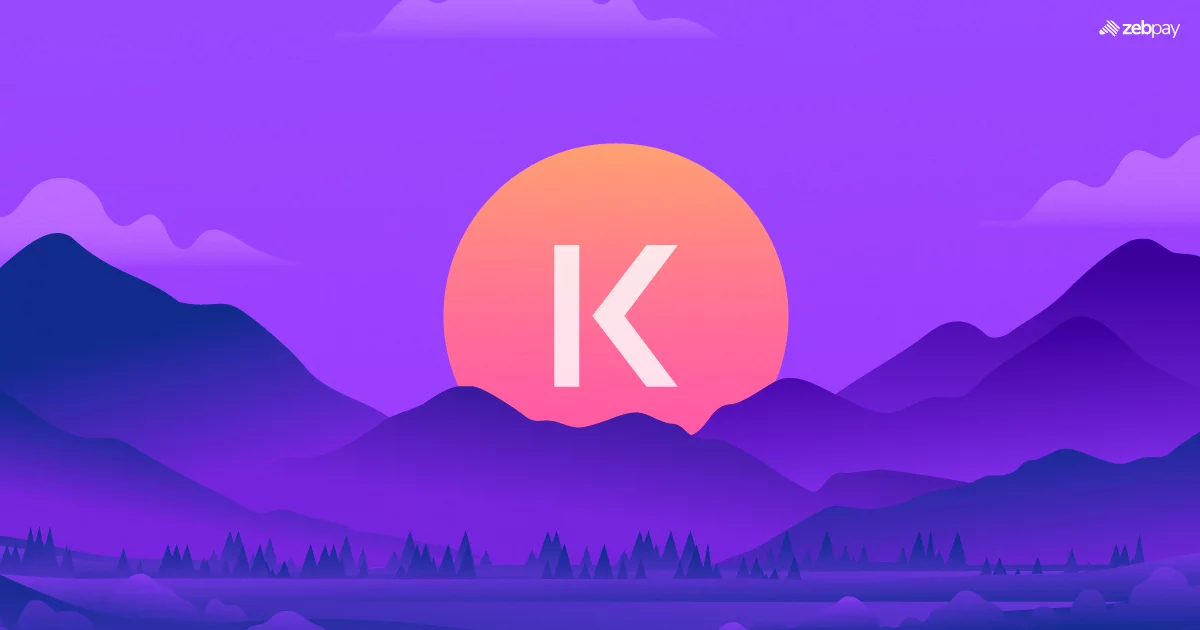KAVA is a cryptocurrency and the main token of the Kava Network ecosystem, which is a multi-protocol platform for decentralized finance (DeFi) integrated with several blockchains, including Cosmos and Ethereum. Kava provides users with the ability to participate in various DeFi protocols such as lending, liquidity provision, and staking, using its unique infrastructure that combines the functionalities of different blockchain networks.
Key Features of Kava:
Cross-Chain DeFi Bridge: Kava supports several popular blockchains, including Ethereum, Binance Smart Chain, and Cosmos, allowing users to integrate assets from different networks. This opens up opportunities to use tokens and assets from different ecosystems within a single DeFi protocol.
Staking and Governance:
The KAVA token is used for staking and participation in governance on the platform. Token holders can vote on protocol changes and make key decisions for the network’s development.
Lending Platform:
Kava offers a decentralized lending platform where users can collateralize their cryptocurrencies and receive loans in stablecoins (such as USDX — a stablecoin pegged to the US dollar). This helps provide more accessible conditions for users seeking liquidity without selling their assets.
Support for Liquid Assets: The platform supports a wide range of digital assets, such as BTC, ETH, XRP, and many others. This allows users to provide liquidity and earn rewards from staking and lending their assets.
Flexibility and Security: The platform uses Tendermint consensus algorithms, ensuring high transaction speed and network security. The network’s protocols focus on providing reliability and robust protection from attacks.
Advantages of KAVA:
Cross-Chain Interoperability: Kava’s integration with multiple blockchains allows for seamless movement of assets across different networks, giving users access to a wide range of tokens and services within a single platform.
High Throughput and Low Fees: The Kava platform offers high transaction throughput with low fees, making it a competitive option for DeFi users who want fast and cost-effective solutions.
Flexibility and Scalability: Kava’s infrastructure is designed to be flexible and scalable, allowing it to expand and adapt to the growing DeFi ecosystem.
Integration with Major Blockchains: Kava’s ability to interact with major blockchains like Ethereum, Cosmos, and Binance Smart Chain provides users with diverse asset options and more liquidity sources.
Support for Liquidity and Lending: The platform’s emphasis on liquidity provision and lending solutions makes it a key player in the DeFi space, offering users various ways to earn rewards and access credit.
Disadvantages of KAVA:
Competition in the DeFi Market: Kava faces competition from other DeFi platforms such as Aave, Compound, and MakerDAO, which provide similar services. This could limit Kava’s market share and growth.
Dependence on the Cosmos Ecosystem:
While Kava is multi-chain, its close relationship with Cosmos means that any issues within the Cosmos network could affect Kava’s performance.
Lack of Mass Adoption: Kava has not yet achieved widespread adoption among mainstream users and investors, which presents an opportunity for early investors to benefit from potential high returns, but also indicates that the platform needs to grow its user base.
Current Price and Market Dynamics:
As of the time of writing, the KAVA token is trading around $0.50–$0.53. Recently, the price has shown some growth, reflecting an increase in interest in DeFi and the expansion of the network’s capabilities. After the recent downturn in the crypto market, KAVA has stabilized and is showing an upward trend, similar to many other cryptocurrencies.
Entry Points for Investors:
$0.50 – $0.55: If the price remains at these levels, it could be a good opportunity for long-term investment, as there is significant growth potential given the network’s future development. The next target would be to break above these levels and establish support above $0.60.
For investors, Kava could be an interesting project for long-term investment, especially if it continues to expand its ecosystem and attract new users.
